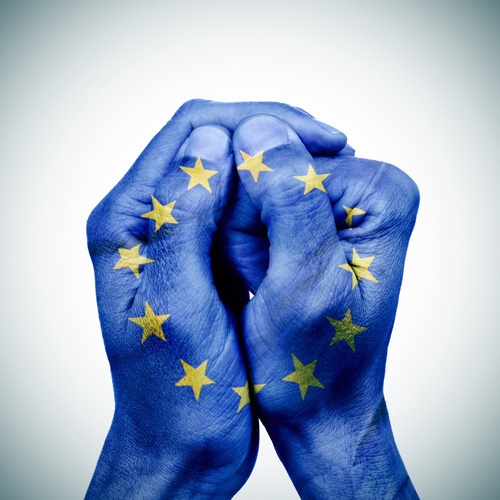
The most notable change in the European Union’s institutional architecture since the beginning of the European project was the launch in 1975 of the European Council, which became a formal institution in 2009. From the outset, the European Council has had a profound impact on the EU’s development. The dynamism of the EU system is apparent also in the rising prominence of the European Parliament (EP). Both institutions were major beneficiaries of successive rounds of Treaty reform; both benefited as well from the EU’s rapidly widening policy scope and growing political importance, with the European Council assuming more and more responsibility for setting the agenda, providing direction, and taking key decisions, and the EP acquiring greater power and prestige as the only directly elected institution at the European level.
The differences between the two institutions are nonetheless striking. The European Council, consisting principally of the Heads of State or Government of the Member States, is a forum for promoting and reconciling national interests; the EP is a supranational body, the majority of whose members sit in trans-national political groups. The European Council is the EU’s emergent political executive; the EP is part of the EU’s legislature. The European Council surveys EU affairs from on high; the EP is deep in the trenches of European integration.
Despite their different character and purpose, the European Council and the EP view each other with circumspection. Their relationship is not inherently antagonistic, but nonetheless generates friction. Specifically, the EP is wary of the European Council’s increasing involvement in a range of policy areas going well beyond those traditionally associated with intergovernmentalism. The EP is also concerned about accountability and transparency regarding the work of the European Council. For its part, the European Council is happy to keep the EP at arm’s length. Subject, in most cases, to national parliamentary scrutiny of their activities, the Heads of State or Government enjoy operating in the European Council relatively free of EP scrutiny.
Although the European Council and the EP occupy separate spheres of EU activity, the conduct of certain policies and procedures brings them together, as does the interaction between the President of the European Council and the leadership of the EP, notably the speech by the EP President at the beginning of every regular meeting of the European Council, and the report by the European Council President to the EP after every such occasion, followed by a Parliamentary debate. The onset of the crisis years added a layer of complexity to European Council-EP relations, with the European Council meeting more frequently and acting more decisively in a range of policy areas, and the EP chafing at the European Council’s apparent high-handedness, opacity, and unaccountability. Personal factors have sometimes complicated this political and institutional rivalry, as various European Council Presidents and European Parliament leaders have interacted with each other in different ways.
This study analyses European Council-EP relations, a crucial though so far under-researched part of the EU’s institutional evolution, largely in the post-Lisbon Treaty period. It begins with a discussion of the recent rise of the two institutions, notably in the form of new intergovernmentalism and assertive parliamentarianism, and the implications of this development for the EU’s institutional landscape. This section also links the European Council and the EP in the ways that they help to strengthen the EU’s democratic legitimacy, both formally and informally. The next section outlines the Lisbon Treaty framework, which embeds European Council-EP relations. The study goes on to identify key interlocutors in European Council-EP relations, before assessing the quality of their interaction. The penultimate section explores points of contention in the relationship. The conclusions reiterate key topics and themes previously discussed in the study, and raise the possibility of the EP President’s greater participation in the European Council.
Read the complete study on ‘Relations between the European Council and the European Parliament‘ on the Think Tank pages of the European Parliament.








Be the first to write a comment.